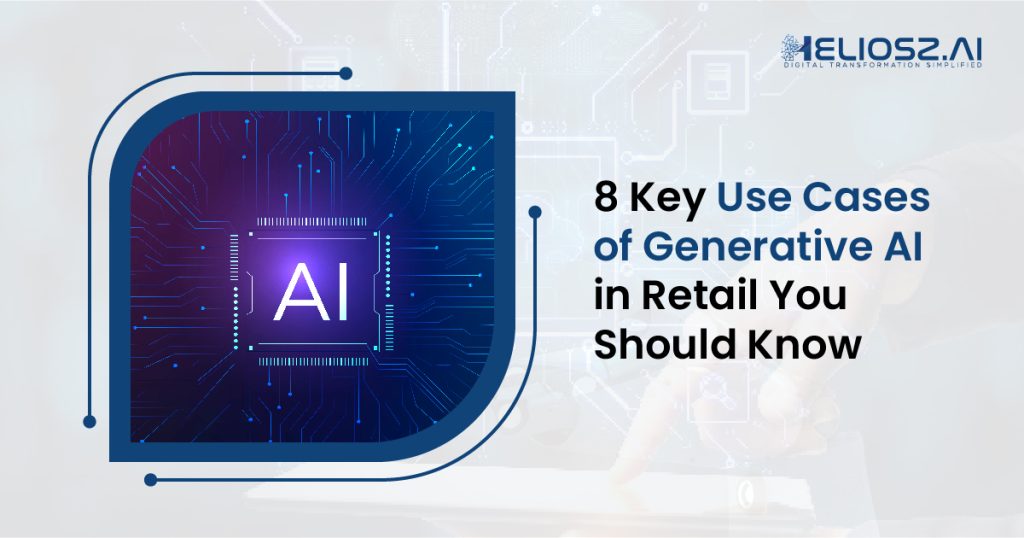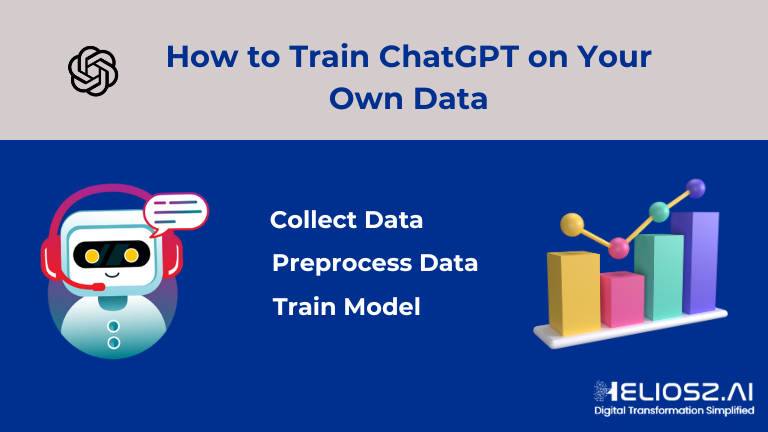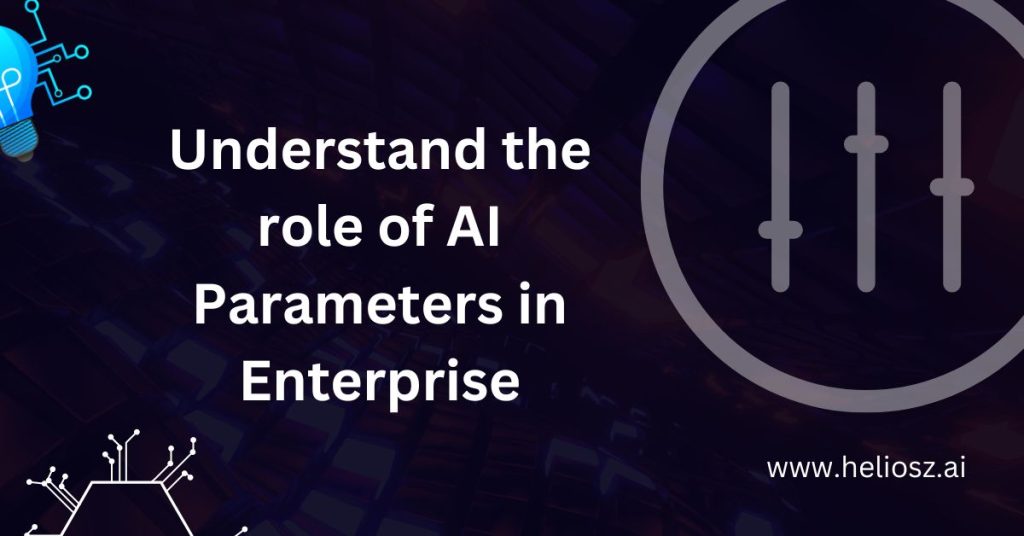
Generative AI has revolutionized many sectors over the past few years, with retail being among the most important sectors that can gain from its innovations. Through the use of machine learning and neural networks, generative AI can generate content, designs, solutions, and predictions that provide both efficiency and personalization. For retail, these features create new opportunities for businesses to improve their operations, customer experiences, and overall strategy. In this article, we’ll explore 8 key use cases of generative AI in retail that are revolutionizing the industry.
Gen AI in Retail: 8 Major Use Cases Explained
Here, we’ll dive into eight key use cases of generative AI in retail that are making waves and transforming the industry.
1. Personalized Product Recommendations
Generative AI has the ability to learn from customer data, like browsing history, buying history, and demographics, in order to suggest very specific product recommendations. Generative AI enhances recommendation engines by synthesizing complex patterns in customer data, beyond traditional collaborative filtering and content-based approaches. This results in highly personalized suggestions that adapt to evolving consumer preferences. With an awareness of sophisticated customer tastes, generative AI is able to recommend goods that are much more pertinent, resulting in increased sales and greater customer satisfaction.
Example: A customer who tends to purchase environmentally friendly goods can be suggested new environmentally friendly goods, like vegan leather coats or organic skincare, boosting their shopping experience and creating return business.
2. AI-Generated Product Designs
The creative capabilities of AI can enable businesses to create cutting-edge product designs using information and consumer sentiment. For retailers, this would involve AI driving product development into newer or refurbished categories through design solutions that are uniquely positioned while meeting market expectations. With input given by consumer demands, favored color palettes, or hot new styles, Generative AI aids in product design by generating variations and predictive trends based on consumer preferences, enabling designers to refine and optimize new product concepts.
Example: Fashion shops can use generative AI to design new apparel lines based on seasonal fashion trends, consumer preferences, and the supply of materials so that they are ahead of the game and better able to keep up with consumers’ demands.
3. Virtual Try-Ons and Augmented Reality (AR) Experiences
The most exciting application of retail generative AI is the ability to propel virtual try-on and interactive AR experiences. Generative AI enhances virtual try-on technology by refining 3D modeling, improving accuracy in fit, texture, and lighting, and creating personalized try-on experiences. Generative AI makes simulating how an item will look in real life through fit, size, and light possible in order to offer more interactive and immersive shopping.
Example: Beauty stores have introduced virtual try-ons for makeup such that AI creates precise imitations of products as they would appear on a user’s complexion, enhancing customer confidence and minimizing returns.
4. AI-Generated Content for Marketing
Developing high-performing campaign content is paramount to retail organizations, but time-consuming and painstaking. Generative AI allows a person to pre-automate personalized email marketing campaigns, social media updates, advertisements, and even blog content around brand voice and reader topics. With generative AI, retailers can enjoy a constant pipeline of compelling and timely content without overworking creative staff.
Example: Online retail websites can apply AI to create customized email newsletters for various segments of customers, marketing relevant products, offers, and content based on interest and purchase history.
5. Customer Service Chatbots and Virtual Assistants
Generative AI can enhance customer service by driving advanced chatbots and virtual assistants that can answer queries, fix problems, and help with transactions. These AI systems can mimic human dialogue and respond to nuanced requests, giving quicker and superior service. Additionally, AI can learn from customers continuously, honing its answers over time and providing more precise solutions.
Example: A retail outlet may utilize a generative AI chatbot on its website to aid customers with product suggestions, order status, and troubleshooting, lowering the level of human intervention and response time.
6. Demand Forecasting and Inventory Optimization
Retailers need proper demand forecasting so they can maintain the appropriate stock and not get caught short or stock out. Generative AI complements traditional forecasting models by simulating demand scenarios and generating synthetic data to refine predictions based on market trends, seasonality, and external factors. Optimized inventory models are created using AI that reduce waste and drive maximum profitability through the delivery of the correct goods at the appropriate time.
Example: A fashion retailer may employ generative AI to forecast what fashion trends will be next season and pre-plan their stock, so they do not overproduce uncool styles.
7. Dynamic Pricing and Customized Discounts
Retail pricing plans are turning into dynamic pricing with business companies fine-tuning the prices in terms of demand, competition, and customer activity. Generative AI is able to create tailored price models that provide discounts, promotions, or specials to buyers. Generative AI supports dynamic pricing by generating price optimization strategies based on demand elasticity, competitive analysis, and individual purchase behavior.
Example: An e-tailer can use AI to provide special offers to loyal customers on the basis of their purchase history in an effort to provide them with the optimum discount at the optimal time.
8. Supply Chain Optimization
Generative AI can similarly be used to optimize the supply chain in retail. By extrapolating scenarios across different supply chain models and examining what drives delivery time, cost, and risk, AI can produce insights that enable more intelligent decisions for retailers. Supply chain optimization using AI can enhance the process by lowering costs, eliminating delays, and optimizing alignment with customer demand.
Example: An international retailer might employ generative AI to model different logistics situations so that they can choose the most cost-effective routes and suppliers to reduce expenses while enhancing delivery time.
Final Thoughts
Generative AI is no longer a vision for the future but is already dynamically changing the world of retail. From hyper-personalized buying experiences to fraud detection using AI, retailers adopting these technologies develop a huge competitive advantage. With advancing AI technology, its implications in retail only continue to increase, propelling efficiency, innovation, and customer satisfaction to newer heights. Those retailers who start using generative AI now will be at the leading edge of an industry that is on the verge of having a smarter and more dynamic future.
Future of Retail with Heliosz.AI
Leverage our groundbreaking AI-driven solutions designed for retail and make a change to how you connect with customers, automate operations, and make decisions based on data. Become an AI pioneer today and grow your retail company with Heliosz.AI.
Discover how Heliosz.AI’s advanced AI-driven solutions can enhance your retail strategy.
Contact us today for a personalized demo.


